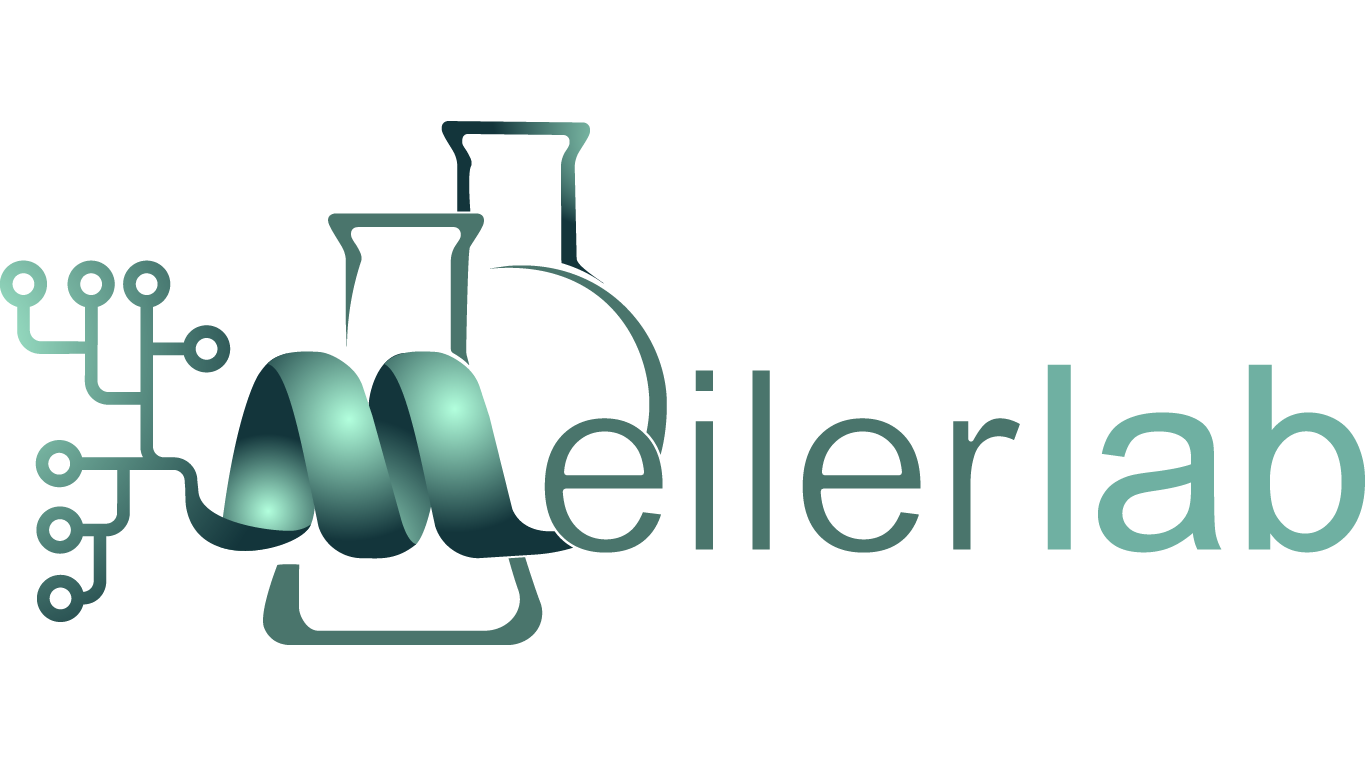Many proteins carry out their functional role acting as parts of protein assemblies. The assembly of the correct biological complex strongly depends upon specific protein-protein interactions (PPIs) that are often conserved among species. In MeilerLab, we use machine learning (ML) and Rosetta to predict the bound structure of multimeric complexes starting from unbound units. While ML can be used to predict PPIs with high accuracy, protein-protein docking in Rosetta proved effective in driving the correct formation of assemblies and/or refine protein-protein interfaces. Recent works in which Rosetta protein-protein docking played an important role involve the investigation of Three-Finger Toxin-nAChR Interactions [1], the identification of a Ubiquitin-Binding interface using double electron-electron data [2], the usage of NMR data to drive the formation of complexes [3], and the construction of structural models of integral membrane proteins [4].
References:
[1]
Gulsevin, A.; Meiler, J. An Investigation of Three-Finger Toxin-Nachr Interactions through Rosetta Protein Docking. Toxins (Basel). 2020, 12. https://doi.org/10.3390/toxins12090598.
[2]
Tessmer, M. H.; Anderson, D. M.; Pickrum, A. M.; Riegert, M. O.; Moretti, R.; Meiler, J.; Feix, J. B.; Frank, D. W. Identification of a Ubiquitin-Binding Interface Using Rosetta and DEER. Proc. Natl. Acad. Sci. U. S. A. 2018, 115, 525–530. https://doi.org/10.1073/pnas.1716861115.
[3]
Kuenze, G.; Bonneau, R.; Leman, J. K.; Meiler, J. Integrative Protein Modeling in RosettaNMR from Sparse Paramagnetic Restraints. Structure 2019, 27, 1721-1734.e5. https://doi.org/10.1016/j.str.2019.08.012.
[4]
Li, B.; Mendenhall, J.; Meiler, J. Interfaces Between Alpha-Helical Integral Membrane Proteins: Characterization, Prediction, and Docking. Comput. Struct. Biotechnol. J. 2019, 17, 699–711. https://doi.org/10.1016/j.csbj.2019.05.005.
